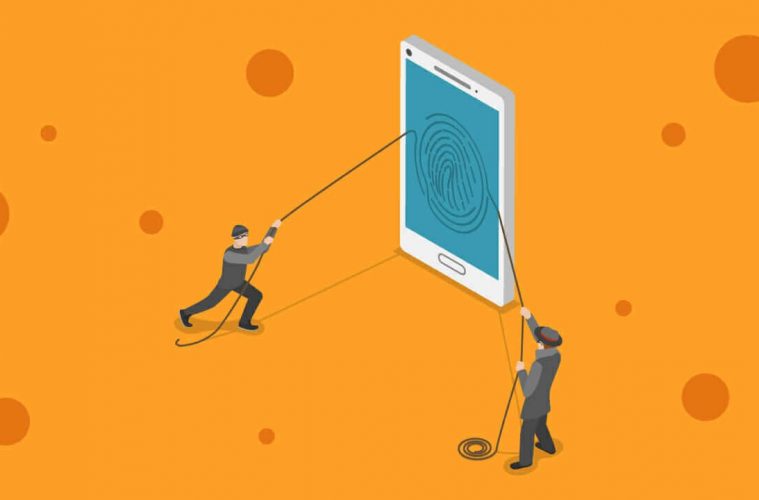Malware is a favorite tool of the trade for a growing number of cybercriminals. This malicious software comes in a variety of forms and can facilitate a wide range of undesirable consequences. Malware is commonly used to hijack devices, log keystrokes, extort victims and steal sensitive personal data. Furthermore, once it finds its way onto one of your devices, it can be very difficult to remove without the aid of an experienced professional. As such, it’s in the best interest of every internet user to take preventative measures against malware infections. Anyone looking to steer clear of malicious software should heed the following pointers.
- Exercise Caution When Visiting New Sites
Unsecured websites are among the most common conduits for malware propagation. This is often the result of ads that contain malicious links, as well as ads that incorporate Flash and Java. In the case of the latter, visitors needn’t even click on the ads for a malware infection to occur. With this in mind, abstain from visiting websites that lack a security authentication. If you don’t see a green checkmark beside the web address, odds are you’re better off not taking the chance. Website owners and administrators who want to prevent their sites from falling victim to malware infestation should invest in highly-rated security software. When researching cloud-based solutions, take care to consult some informative SiteLock reviews.
- Keep Your Anti-Virus Programs Up to Date
The best anti-virus programs tend to be the ones that provide users with frequent updates. This illustrates how closely a program’s developers monitor emerging cyber threats and how seriously they take their users’ security. Unfortunately, despite the availability of such updates, many people don’t install them until it’s too late. Depending on their size, updates can take up to several minutes to install, and in the age of instant gratification, this is often viewed as unacceptable. Needless to say, the more updates you allow to pile up, the longer the installation process will ultimately take. While waiting for updates to install can be slightly cumbersome, this mild inconvenience is well worth the added protection. With cybercriminals constantly stepping up their game, software developers are forced to do the same. However, in order to enjoy the fruits of their efforts, you’ll need to install updates as they become available.
- Keep Your Operating System Up to Date
In addition to staying current with anti-virus updates, keeping your devices malware-free entails doing the same with operating system updates. Even O.S. updates that aren’t purely security-focused tend to contain elements that relate to security. Furthermore, operating system updates are often released in response to newly discovered security vulnerabilities and trends in cybercrime. Although O.S. updates typically take even longer to install than anti-virus updates, they are created in service of providing users with a safer online experience. Like anti-virus updates, operating system updates should be set to install automatically.
- Be Vigilant When Reviewing Email
Phishing emails are one of the most popular vehicles through which malware is spread. These messages are designed to convince recipients to click on links to malware-infected sites and download attachments that contain various forms of malicious software. In many cases, it’s fairly easy to discern legitimate emails from phishing scams. However, when phishers spoof the names and email addresses of your contacts, this can prove somewhat tricky. To stay protected, make a point of scanning every email attachment you receive with a dependable anti-virus program. Additionally, unless you are unflinchingly certain of a message’s authenticity, avoid clicking on links found in emails. When in doubt, call the person a message claims to be from before proceeding any further.
Malicious software finds its way onto countless devices each day. A single malware infection can result in stolen financial information, compromised devices and even full-on identity theft. However, unbeknownst to many victims, most malicious software infections are easily avoidable. In the ongoing fight against malware, common sense, security software and knowledge of your enemy are valuable tools to have in your wheelhouse. When taking measures to protect yourself from malicious software, remember to stay current with anti-virus and operating system updates and exercise caution when visiting unfamiliar websites and checking your inbox.

